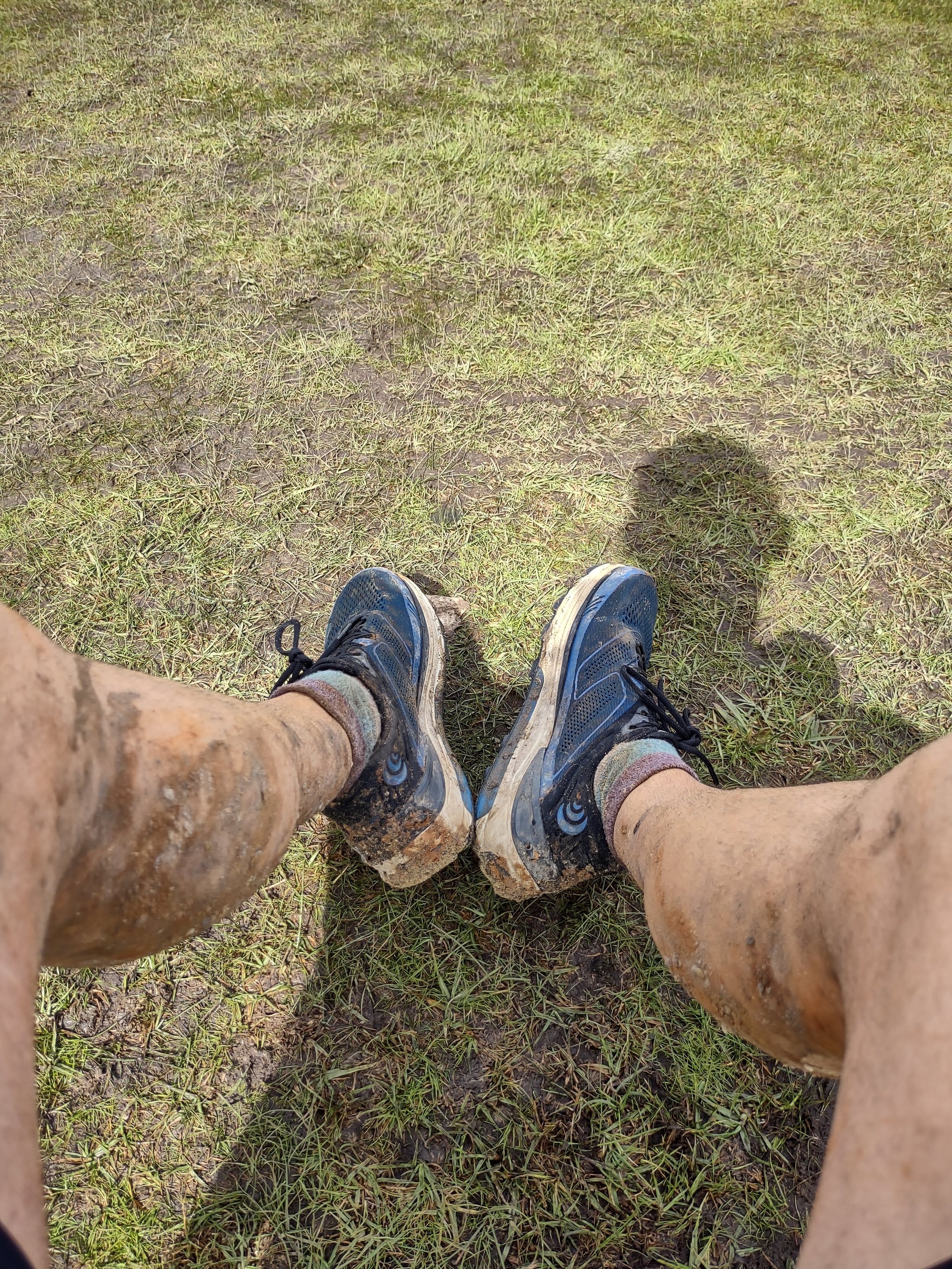When should you replace your running shoes?
As a Sports Physiotherapist, with many patients who are runners, I am often asked how long running shoes last and when they should be replaced. This is a difficult question to answer as there are a number of factors that need to be considered. For example how often do you run, how many kilometres do you run per week, how much do you weigh, what is your running technique like, what surface are you running on? It is also important to know that not all shoes will have the same durability.
Midsole Outsole Upper
Usually the component of the shoe that wears out and leads to a runner needing to replace the shoe is the midsole. The midsole is the springy bouncy rubber of the shoe. The outsole is the harder, more durable rubber which comes into contact with the ground. Usually the performance of the midsole degrades before the outsole becomes worn. When the midsole compresses and degrades it will no longer provide the same shock absorption and energy return. This leads to the shoe feeling much deader under foot and not as bouncy. Sometimes the outsole can wear in certain areas, reducing the traction of the shoe, which may be an issue. The rate at which the midsole and outsole wear depends on the quality of the materials and construction. It is worth investing in good quality running shoes.
Body weight matters.
The heavier you are the more force you will exert on the shoes each time you hit the ground. This will compress the midsole with greater force and the shoe will wear out quicker.
Surface matters.
Different shoes are designed for different running surfaces. If you use your carbon plated super marathon shoes to run on rough trails then they will wear out very quickly. Trail running shoes are designed for trails. Road running shoes are designed for the road. Often shoes designed for speed and racing will not be as durable due to the lightweight design and materials.
The materials of the running shoe also have a shelf life and will gradually degrade over time. Even if you aren’t running a lot of kilometres each week you may wish to replace your shoes every 6 to 12 months.
500 to 800km
As a rough guideline most running shoes will last between 500 and 800 km. However there is great variability in this. I have had a pair of running shoes which after 150km already felt as if the midsole was compressed and no longer providing cushioning. I have also had a pair of trail running shoes which I've done over 1200 km in and they still feel fantastic.
Using the guideline of 500 to 800 km we can say that if you average 30 km per week your shoes will last roughly 4 to 6 months. If you run an average of 60 km per week you may need to replace your shoes after 2 to 3 months. If you run an average of 100 km per week you may need to replace your shoes every 5 to 8 weeks.
I would also recommend that anybody who does a high volume of running should have more than one pair of running shoes in their rotation. This helps to provide a different stimulus to the feet and legs. Anything that helps to reduce the risk of overuse injuries is worth doing.
Signs to look for that indicate it may be time to replace the shoe:
Visible wear of the outsole
Visible wear of the shoes upper
Visible areas of compression our wear through the midsole
Loss of shock absorption which may feel like increased pressure under certain parts of your foot and reduced cushioning.
Some runners are more sensitive to the wear of their shoes than others. I know some runners are quite resilient and able to run in shoes that are a bit more worn. Other runners can’t tolerate even mild changes in their running shoe performance and will need to replace them more often. There is a degree of personal preference in this, however, make sure that your old worn out shoes don’t contribute to a running injury.

